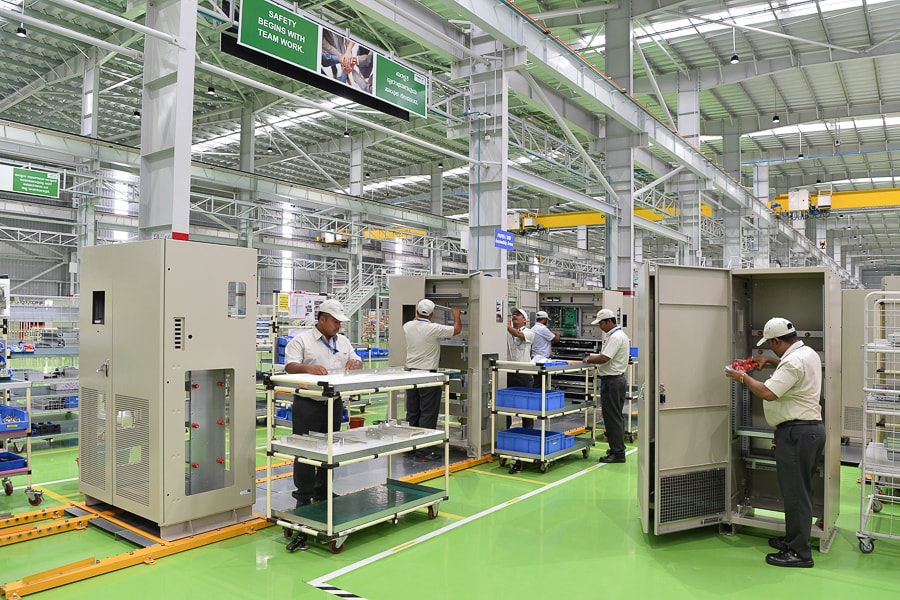Sitharaman bats for private investments
Finance minister says they would result in higher productivity and greater efficiency


 Image: Manjunath Kiran / AFP via Getty Images[br]India’s annual budget for 2020 is all about kick-starting private investments. The looming question, however, is will the announcements made by the finance minister translate to investments?
Image: Manjunath Kiran / AFP via Getty Images[br]India’s annual budget for 2020 is all about kick-starting private investments. The looming question, however, is will the announcements made by the finance minister translate to investments?
India desperately needs investments from the private sector to achieve Prime Minister Narendra Modi’s vision of making India a $5 trillion economy. Last December, Finance Minister Nirmala Sitharaman had announced a Rs102 trillion investment plan over five years under the National Infrastructure Pipeline (NIP) project. These include 43 percent projects under implementation, 33 percent at the conceptual stage and 19 percent under development. The projects belong to sectors such as power, railways, urban development, irrigation, mobility, education, health, water and the digital sector.
In her second Budget speech, Sitharaman reiterated the need to improve private investments, when she listed out the three themes of the budget. Apart from aspirational India, and caring society, Sitharaman spoke about entailing reforms across swathes of the economy. “Simultaneously, it would mean yielding more space for the private sector. Together, they would ensure higher productivity and greater efficiency,” she said.
This year, among others, Sitharaman’s plan includes the setting up of an investment clearance cell that will provide “end-to-end” facilitation and support, including pre-investment advisory, information related to land banks and facilitate clearances at Centre and state level. “It will work through a portal,” she said.
There is also a scheme focussed on encouraging the manufacture of mobile phones, electronic equipment and semiconductor packaging. “Details would be announced later,” the minister said. “The potential of this industry in job creation is immense. India needs to boost domestic manufacturing and attract large investments in the electronics value chain.”
“The Budget will go a long way in bringing back consumption-led demand and kick-starting private investments,” says Akshay Munjal, president of BML Munjal University. “Initiatives such as the Delhi-Mumbai corridor and massive infrastructure spending will help bring money into the hands of people.”
The government is also looking at increasing private sector investments in the banking sector. “In the last few years, the government has taken concrete steps to bring our banking system to be robust,” Sitharaman said. “However, there is a need for greater private capital. Accordingly, it is proposed to sell the balance holding of the government of India IDBI Bank to private, retail and institutional investors through the stock exchange.”
First Published: Feb 01, 2020, 15:50
Subscribe Now